Introduction
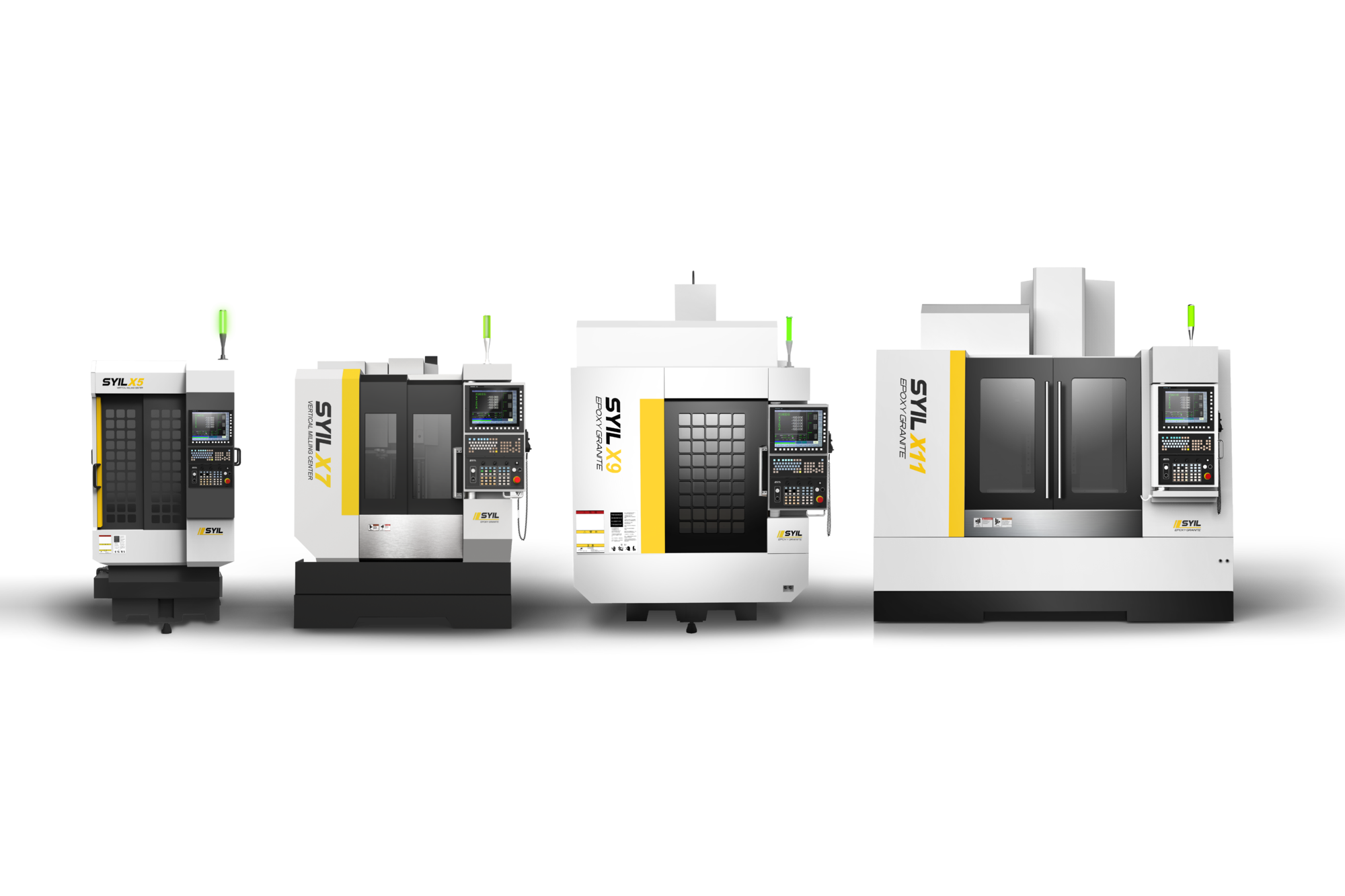
CNC machining has revolutionized the way we manufacture car parts, offering precision and efficiency that traditional methods simply can't match. This advanced technology enables the production of intricate automotive machined parts with remarkable accuracy, making it a cornerstone in modern automotive machinery. As we delve into the world of CNC machining car parts, it's essential to understand its basics and significance in the automotive industry.
Understanding CNC Machining Basics
At its core, CNC (Computer Numerical Control) machining involves using computer software to control machine tools for precise manufacturing processes. It allows for automation of tasks such as drilling, milling, and turning, which are crucial when creating complex shapes and features found in automotive components. By understanding these fundamentals, one can appreciate how CNC machines types differ and why they are vital for producing high-quality cnc car parts.
Importance of CNC Machining in Automotive
In the fast-paced automotive industry, efficiency and quality are paramount; this is where CNC machining shines. The ability to produce consistent results with minimal human error makes it an invaluable tool for manufacturers aiming to meet stringent safety standards and performance requirements. Moreover, as vehicles become more technologically advanced, the demand for intricate designs in automotive machined parts continues to grow, further solidifying the role of CNC machining.
Overview of CNC Machines Types
There is a variety of cnc machines types available on the market today, each designed for specific applications within manufacturing processes. From milling machines to lathes and routers, understanding each type of cnc machine can help manufacturers select the right equipment for their needs. This selection process is crucial as it directly impacts the quality and efficiency of producing cnc machining car parts tailored to modern automotive demands.
What is CNC Machining?
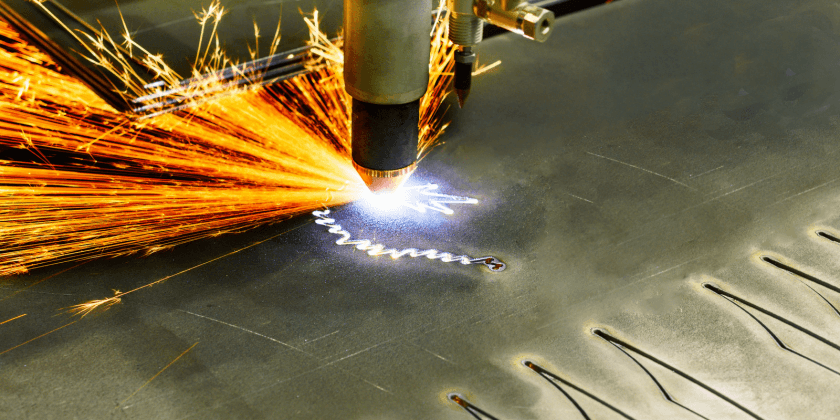
CNC machining, or Computer Numerical Control machining, is a modern manufacturing process that employs computer technology to control machine tools. This method allows for the precise fabrication of parts and components, particularly in the automotive industry where accuracy is paramount. By using CNC machines, manufacturers can produce complex shapes and designs with minimal human intervention, enhancing efficiency and consistency in creating automotive machined parts.
Definition and Process Overview
At its core, CNC machining car parts involves converting a digital design into a physical component through automated machinery. The process begins with a Computer-Aided Design (CAD) file that outlines the specifications of the part to be produced. Once programmed into the CNC machine, various operations such as cutting, milling, drilling, or turning are carried out with high precision to create the desired automotive machinery components.
The beauty of this technology lies in its versatility; different types of CNC machines can execute various tasks depending on the complexity of the part being manufactured. For instance, lathes are great for cylindrical shapes while milling machines excel at creating intricate details on flat surfaces. This adaptability makes it easier for manufacturers to meet specific requirements in producing high-quality cnc car parts.
Benefits of CNC Machining Car Parts
One of the standout benefits of using CNC machining for automotive machined parts is its unparalleled precision. Unlike traditional manufacturing methods that may rely heavily on manual labor and experience, CNC machines produce consistent results every time due to their programmed nature. This accuracy not only enhances product quality but also reduces waste material significantly.
Another advantage is increased efficiency; once set up properly, these machines can operate continuously without fatigue or loss of performance over time. This means faster production cycles and reduced lead times for getting those critical cnc car parts into vehicles on assembly lines across the globe. Additionally, automation minimizes human error risks while allowing skilled workers to focus on more complex tasks that require creative problem-solving.
Cost-effectiveness also comes into play when discussing benefits; although initial investments in cnc machines types may be higher than conventional tools, their long-term operational savings often outweigh those costs significantly over time due to lower labor expenses and material waste reduction.
Common Applications in Automotive Industry
CNC machining plays a vital role across various applications within the automotive industry—from prototyping new designs to producing high-volume production runs of engine components or transmission housings. For instance, many manufacturers utilize this technology for fabricating critical elements like brackets or housings that require stringent tolerances and reliable performance under stress conditions.
Moreover, custom modifications are easily achievable with cnc car parts since changes can be made quickly through software adjustments rather than retooling entire production lines—an essential feature when responding promptly to market demands or evolving vehicle designs! As electric vehicles become more prevalent too—often requiring unique battery enclosures—CNC machining's adaptability will continue proving beneficial in meeting these challenges head-on.
Lastly but certainly not least important are aesthetic enhancements; many automotive companies use CNC techniques not just for functionality but also design flair—think intricate dashboard trims or bespoke alloy wheels! The ability to blend form with function ensures that modern vehicles remain both visually appealing while maintaining peak performance levels thanks largely due diligence put forth by advanced manufacturing processes like CNC machining car parts.
Types of CNC Machines
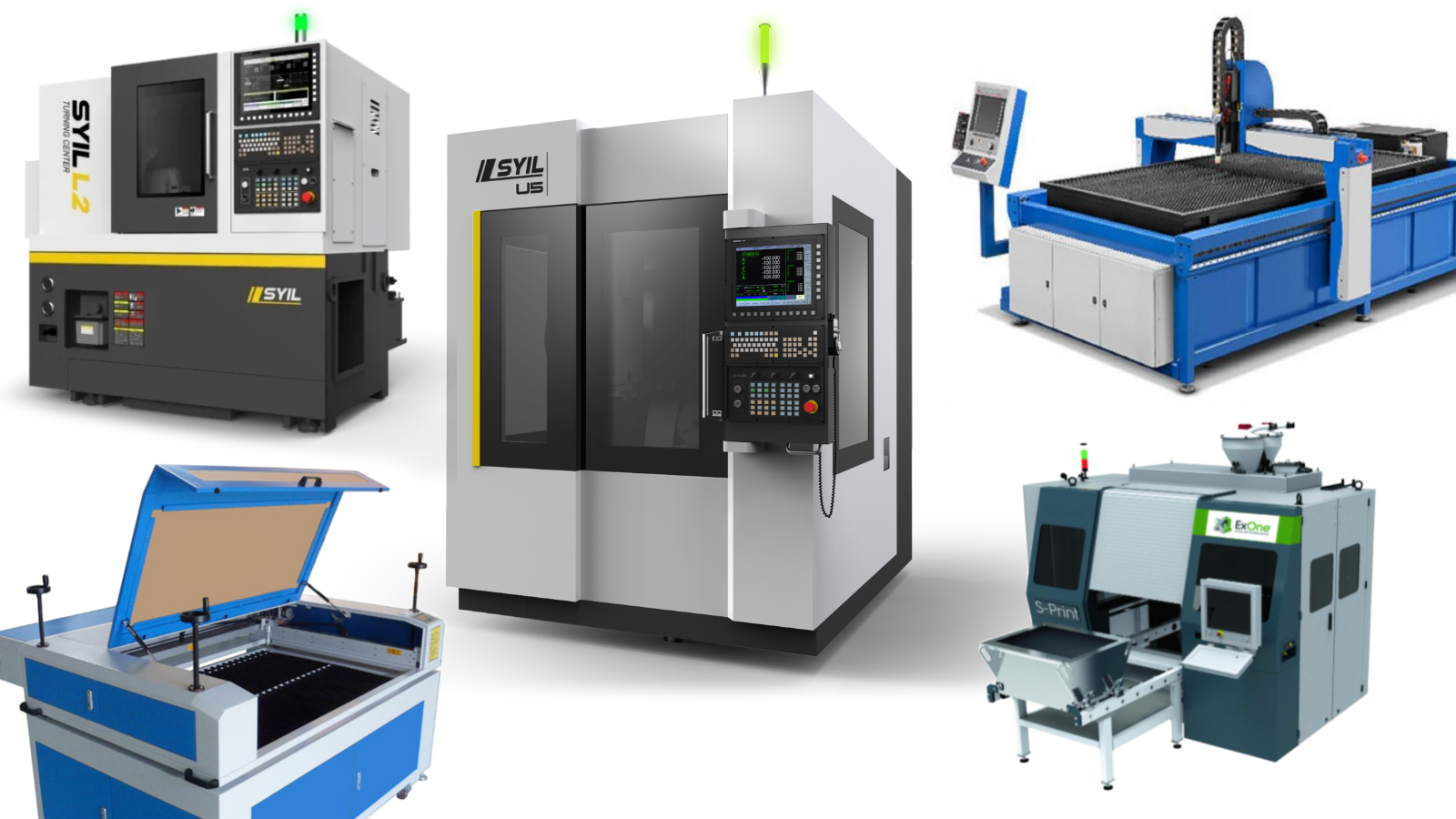
When diving into the world of CNC machining car parts, understanding the various types of CNC machines is crucial. Each type serves a unique purpose and comes with its own set of features tailored to specific tasks in automotive machinery. From milling to turning, knowing these distinctions can help streamline the production of high-quality automotive machined parts.
Overview of CNC Machines Types
CNC machines types can be broadly categorized into several categories, including CNC mills, lathes, routers, and plasma cutters. Each type has distinct functionalities; for example, CNC mills are excellent for precision cutting and shaping materials while lathes excel in creating cylindrical parts. Understanding these differences helps manufacturers choose the right tool for producing intricate cnc car parts that meet stringent automotive standards.
In addition to traditional machines, there are also hybrid models that combine different functionalities into one machine. This versatility allows manufacturers to optimize their workflow and reduce production time when crafting complex automotive machinery components. With advancements in technology, newer types such as 3D printers are emerging as viable options for creating prototypes or even final products in the automotive sector.
SYIL CNC Machine Features and Benefits
The SYIL brand stands out among various cnc machines types due to its innovative features designed specifically for precision work in automotive applications. One notable advantage is its compact design without compromising on power or performance; this makes it suitable for small workshops as well as large manufacturing facilities alike. Moreover, SYIL machines often come equipped with user-friendly interfaces that simplify programming and operation—perfect for those new to cnc machining car parts.
Another key feature is their ability to handle a wide range of materials—from metals like aluminum and steel to plastics—making them versatile tools in producing diverse cnc car parts. Additionally, SYIL machines boast high-speed capabilities which enhance productivity while maintaining quality standards essential in the automotive industry. Overall, investing in a SYIL CNC machine can significantly elevate your manufacturing process by ensuring efficiency and accuracy.
Choosing the Right CNC Machine for Your Needs
Selecting the right type of cnc machine is essential when embarking on your journey into manufacturing automotive machined parts efficiently and effectively. Start by assessing your specific needs: consider factors such as production volume, material types you’ll be working with, and whether you require multi-functional capabilities or specialized tasks from your equipment. This thorough evaluation will guide you toward making an informed decision about which machine best suits your projects.
Budget also plays a vital role; while it may be tempting to opt for more advanced models loaded with features you might not need yet, it's crucial to find a balance between cost-effectiveness and functionality that meets your current requirements without breaking the bank on unnecessary extras. Consulting with industry experts or suppliers can provide valuable insights into what type of cnc machine will yield optimal results based on your unique situation.
Ultimately, investing time upfront in selecting the right equipment pays off significantly down the road when producing high-quality cnc machining car parts that meet both customer expectations and regulatory standards within the competitive realm of automotive machinery.
Materials Used in CNC Machining Car Parts
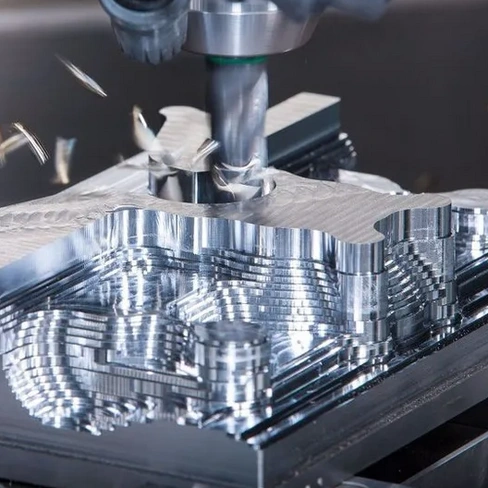
When it comes to CNC machining car parts, the choice of materials is crucial for achieving durability, performance, and cost-effectiveness. Automotive machined parts can be made from a variety of materials, each offering unique benefits that cater to specific applications in automotive machinery. Understanding the common materials used will help you make informed decisions when selecting components for your projects.
Common Materials for Automotive Machined Parts
Aluminum is a popular choice for CNC car parts due to its lightweight nature and excellent machinability. It provides a great strength-to-weight ratio, making it ideal for components like engine blocks and transmission housings. Steel is another widely used material; it offers superior strength and hardness, making it suitable for high-stress applications such as gears and shafts in automotive machines.
Plastics are also gaining traction in the automotive sector, especially with advancements in composite materials that improve their mechanical properties. These lightweight alternatives can be utilized for interior components or non-structural elements where weight reduction is essential. Additionally, titanium is becoming increasingly popular thanks to its exceptional strength and corrosion resistance, although its higher cost may limit its use to specialized applications.
Selection Criteria for Materials
Selecting the right material for your CNC machining car parts involves considering several factors such as mechanical properties, weight requirements, and environmental conditions. The intended use of the automotive machined parts plays a significant role; high-performance applications may require stronger materials like steel or titanium while standard components might be adequately served by aluminum or plastics. Cost-effectiveness should also be evaluated—while premium materials may offer superior performance, they can significantly increase production costs.
Another critical aspect is machinability; some materials are easier to work with than others on various types of CNC machines. For example, softer metals like aluminum can be machined quickly with minimal wear on cutting tools compared to harder metals like stainless steel or titanium which require more robust tooling and longer processing times. Lastly, consider factors such as corrosion resistance and thermal stability based on the environment where the part will operate.
Comparing Material Costs and Benefits
When comparing material costs and benefits for CNC car parts production, it's essential to balance performance against budget constraints effectively. Aluminum may have a lower upfront cost but could lead to increased maintenance expenses if not adequately protected from corrosion over time—especially in harsh environments typical of automotive applications. On the other hand, investing in high-quality steel or titanium might yield long-term savings due to their durability under extreme conditions.
Furthermore, while composites might seem expensive initially due to their advanced manufacturing processes, they often provide significant advantages in weight reduction which can enhance fuel efficiency—a key consideration in modern automotive design trends. Ultimately, an informed decision about material selection will depend on understanding both immediate costs as well as long-term implications related to performance and durability within your specific type of CNC machine setup.
Designing CNC Car Parts
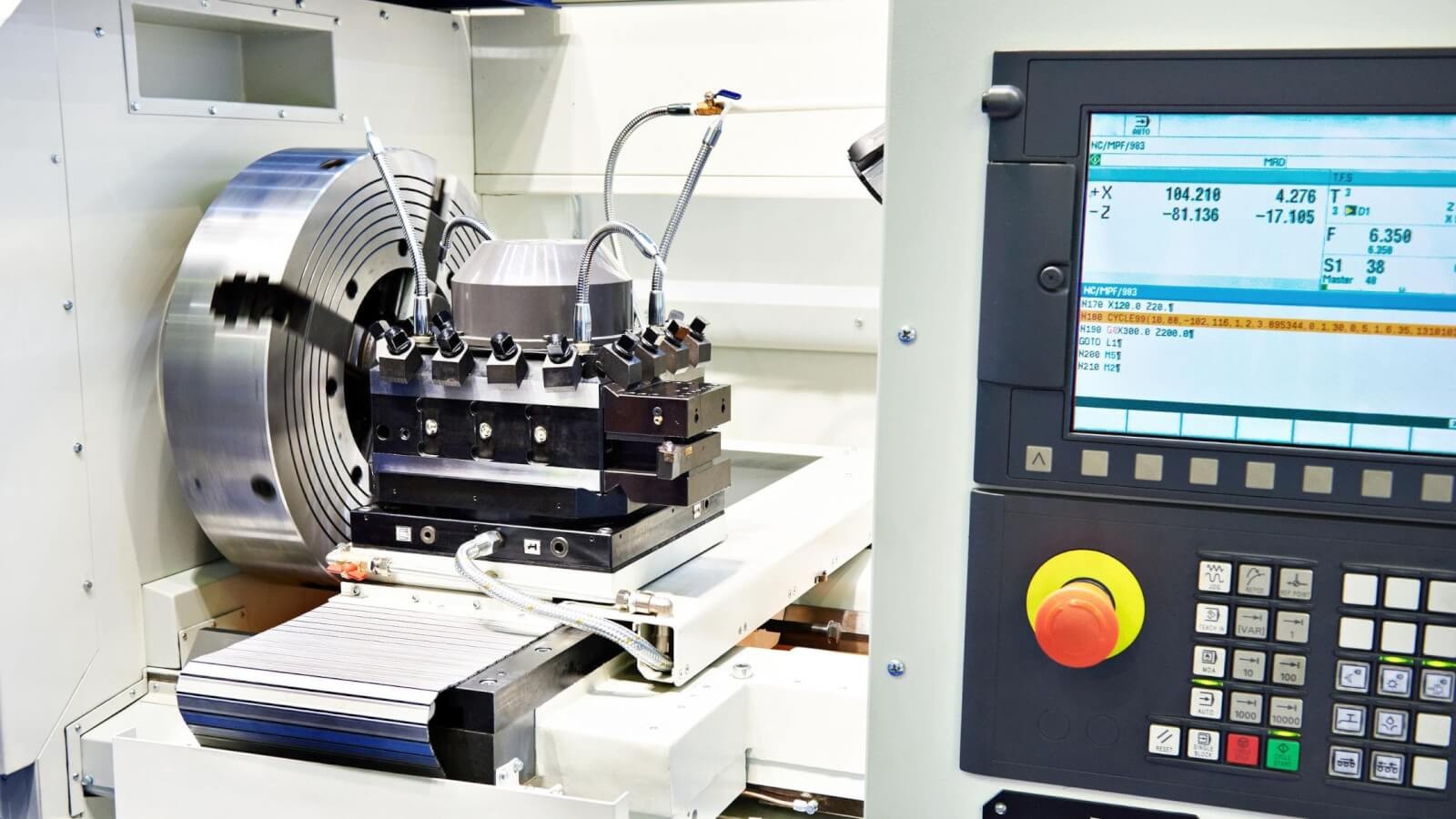
Designing CNC car parts is a critical step in the manufacturing process, as it directly influences the performance and functionality of automotive machinery. The design phase not only involves creativity but also requires a deep understanding of CNC machining capabilities and limitations. By leveraging advanced tools and techniques, engineers can create efficient designs that optimize the use of various types of CNC machines.
CAD Software for CNC Machining
Computer-Aided Design (CAD) software is essential for creating precise models of CNC machined parts. Popular options like SolidWorks, AutoCAD, and Fusion 360 allow designers to visualize their ideas in 3D before they hit the shop floor, making it easier to spot potential issues early on. These programs can also generate tool paths tailored for specific types of CNC machines, ensuring that your automotive machined parts are produced with maximum efficiency.
Tips for Effective Design
When designing CNC car parts, keep in mind that simplicity often leads to better results. Avoid overly complex geometries that could complicate the machining process or lead to increased production costs; instead, focus on clean lines and straightforward shapes. Additionally, consider how your design will be manufactured with different types of CNC machines—some may have limitations that could affect the final product.
Prototyping and Testing Designs
Once you have a solid design in place, prototyping becomes essential to validate your concepts before full-scale production begins. Rapid prototyping techniques enable quick iterations based on testing feedback, allowing you to refine your designs further before committing them to mass production. This step is vital in ensuring that your final automotive machined parts meet both performance standards and customer expectations.
Manufacturing Process and Techniques
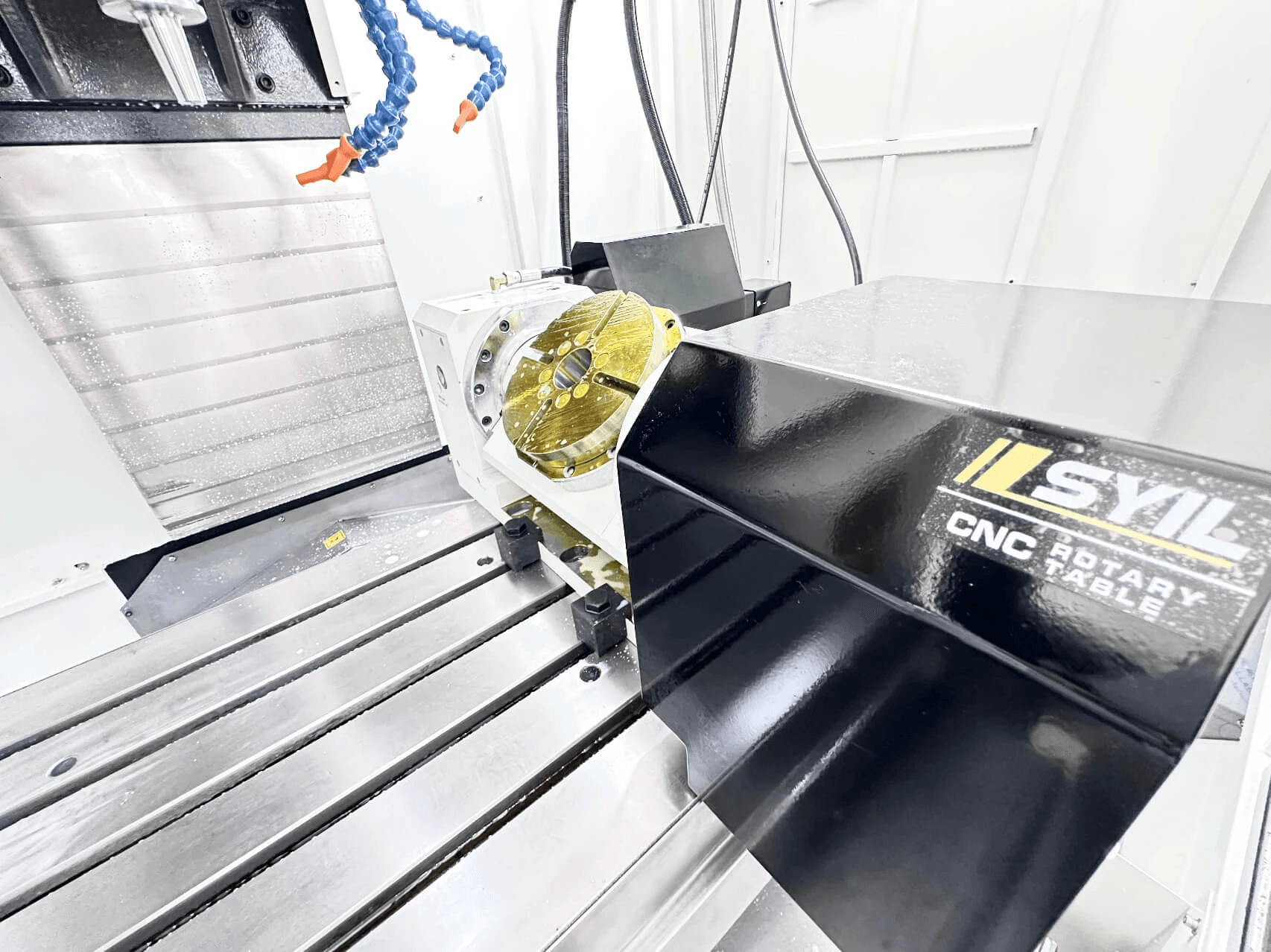
The manufacturing process of CNC machining car parts involves a series of well-defined steps that ensure precision and quality. Understanding these steps is crucial for anyone looking to delve into the world of automotive machinery. With various types of CNC machines available, selecting the right one can significantly impact the efficiency and accuracy of producing automotive machined parts.
Step-by-Step CNC Machining Process
The CNC machining process begins with designing a computer-aided design (CAD) model, which serves as the blueprint for the part. Once the design is finalized, it is converted into a machine-readable format using computer-aided manufacturing (CAM) software, allowing the CNC machine to interpret and execute the design accurately. The selected type of CNC machine then takes over, employing tools such as drills or lathes to remove material from a workpiece until it matches the desired specifications.
Following this initial step, operators must set up their machines with appropriate tooling and fixtures to secure the workpiece in place. The actual machining begins when operators input commands into the CNC machine, which precisely controls movement along multiple axes—typically three or more—to achieve intricate shapes and features. After machining is complete, parts undergo finishing processes like sanding or polishing to enhance their surface quality before being inspected for conformity with design specifications.
Importance of Precision in Automotive Machinery
Precision in automotive machinery cannot be overstated; even minor deviations can lead to significant performance issues down the line. When fabricating cnc car parts, maintaining tight tolerances ensures that components fit together seamlessly within larger assemblies, promoting reliability and safety in vehicles. This level of precision is particularly vital given that many automotive machined parts are subjected to high stress and must operate flawlessly under demanding conditions.
Moreover, precision impacts not only functionality but also efficiency during assembly processes—parts designed with exact dimensions reduce assembly time while minimizing waste due to rework or defective components. In an industry where performance dictates success, investing in high-quality cnc machines types that deliver exceptional accuracy becomes paramount for manufacturers aiming to stay competitive in today's market landscape.
Quality Control in CNC Machining Car Parts
Quality control plays a pivotal role throughout every stage of producing cnc machining car parts—from initial design through final inspection before delivery. Implementing rigorous quality assurance protocols helps identify any discrepancies early on in manufacturing processes so they can be addressed promptly without compromising overall production timelines. Techniques such as statistical process control (SPC) allow manufacturers to monitor variations during machining operations continuously.
Additionally, advanced inspection tools like coordinate measuring machines (CMM) provide precise measurements post-machining, ensuring that each part meets stringent industry standards before leaving production facilities. By prioritizing quality control measures throughout their operations, manufacturers not only protect their reputation but also contribute positively towards customer satisfaction—an essential factor for long-term success within automotive machinery markets.
Conclusion
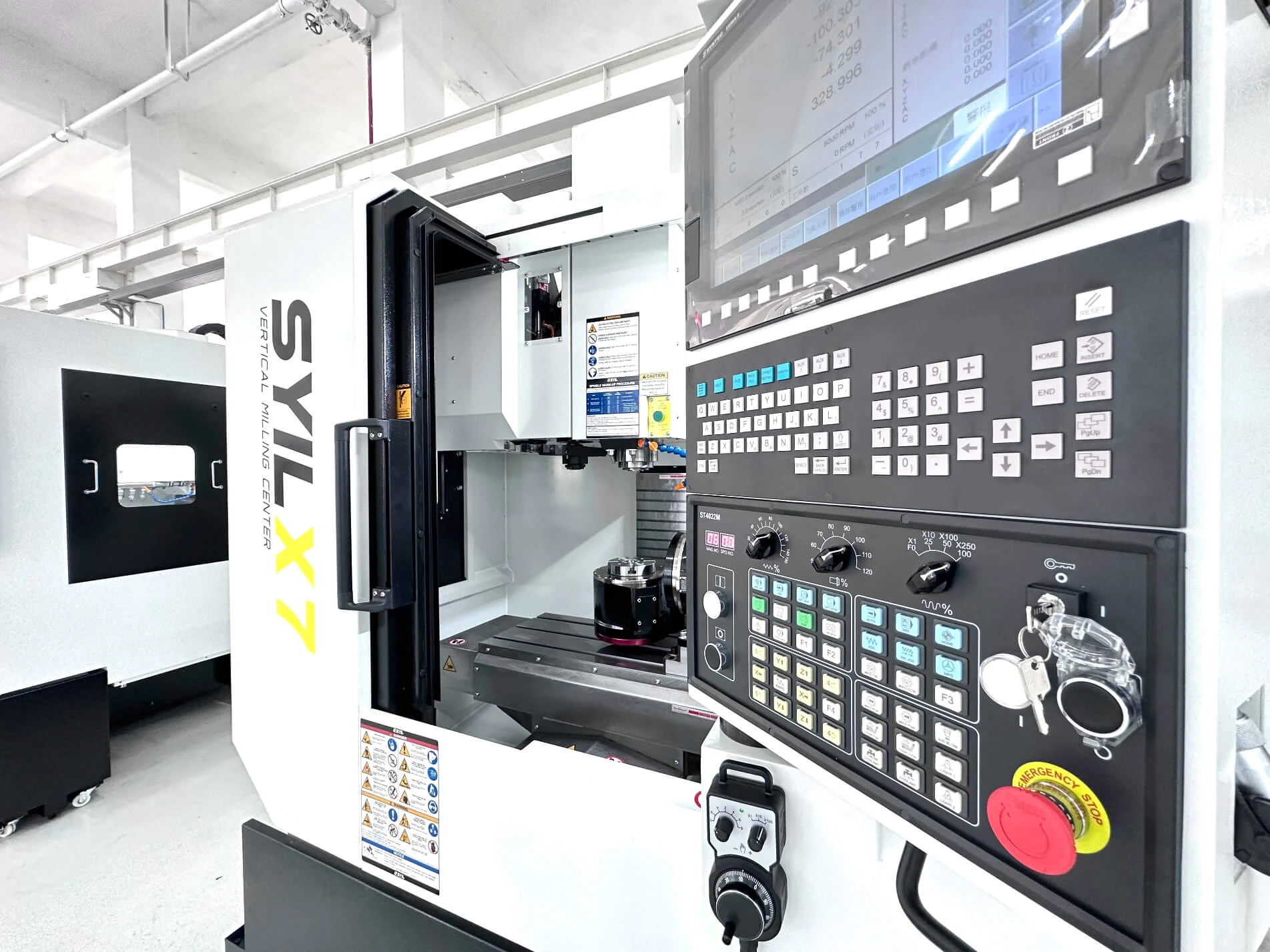
CNC machining has revolutionized the automotive industry, enabling manufacturers to produce high-quality car parts with precision and efficiency. The ability to create intricate designs using various types of CNC machines has made it easier to meet the demands of modern automotive machinery. As we look ahead, understanding the key takeaways from CNC machining will be essential for anyone interested in automotive machined parts.
Key Takeaways on CNC Machining
One of the most significant advantages of CNC machining car parts is its unparalleled precision, which is critical in ensuring that every component fits perfectly within an assembly. The various types of CNC machines available allow for flexibility and adaptability, catering to specific manufacturing needs while maintaining high quality standards. Moreover, by leveraging advanced CAD software and prototyping techniques, designers can streamline their processes and reduce time-to-market for new automotive products.
Future Trends in Automotive CNC Machining
The future of automotive CNC machining looks promising with advancements in technology such as artificial intelligence and automation reshaping how we think about production lines. Expect to see more hybrid types of CNC machines that combine milling, turning, and 3D printing capabilities, offering unprecedented versatility for fabricating complex automotive machined parts. Additionally, sustainability will play a crucial role as manufacturers seek eco-friendly materials and processes to minimize their environmental footprint while still delivering top-notch quality.
Getting Started with CNC Car Parts Production
For those eager to dive into the world of cnc car parts production, it's vital to begin with thorough research on different types of CNC machines available on the market today. Consider factors like your specific needs—whether you require high-speed machining or multi-axis capabilities—and budget constraints when selecting a type of cnc machine that suits your operation best. Lastly, investing time in mastering CAD software will not only enhance your design skills but also ensure that your prototypes are ready for efficient production runs.

